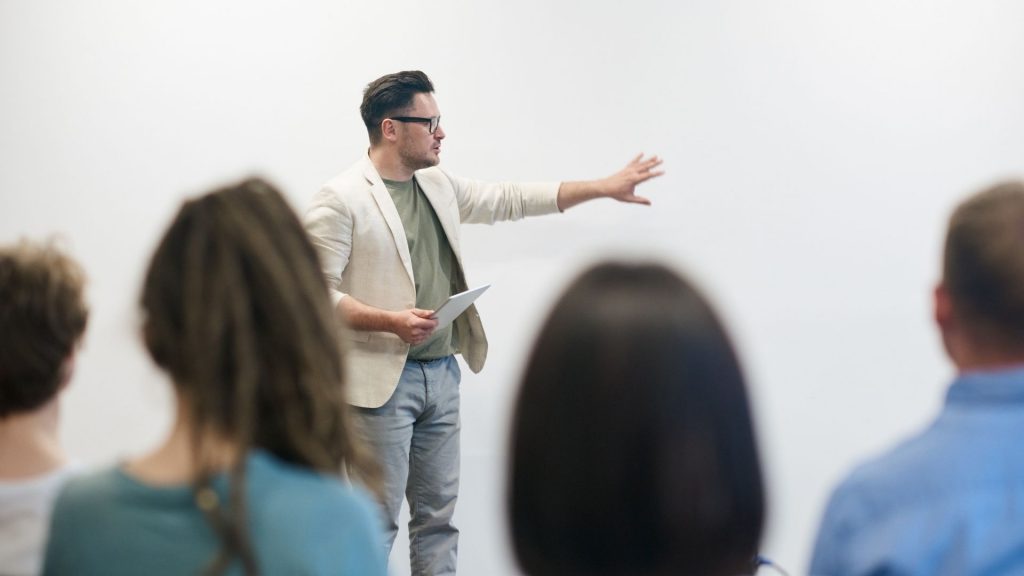More Schools Are Considering Media Literacy As A Class Requirement, Here’s Why
To combat disinformation spreading across the internet, more schools are considering media literacy classes as a requirement.

Understanding content and where it originated is one of the most important aspects of understanding its purpose. The age of technology has increased the flow of information, but with that has come a flood of conflicting reports and data. In the past couple of years, schools have considered the need for media literacy classes, and now it is a requirement in some high schools.
Media literacy is a subject that would help students verify their sources and differentiate between authentic content and hoaxes. It helps individuals to find credible sources with accurate information instead of sensationalized news topics, or click bait traps. Best of all media literacy makes it easier to navigate the internet and save time so people can focus on what’s really important.
Illinois became the first state to implement media literacy classes as a high school graduation requirement. The measure takes effect starting this fall and is expected to set the standard for students seeking information. Many states offer some form of media literacy lessons, but these are not required to graduate. As the need for unbiased information continues to become a serious issue, other states have introduced legislation which could follow suit, but other issues are pushing these bills back.
In Florida, House Bill 361 would have required social media literacy, but that legislation never made it past the subcommittee. Washington state did pass a bill in 2016 which vaguely addressed media literacy in the classroom, yet this measure focused more on teaching appropriate online behavior and did not instate a specific class which would serve to explore the subject and require it for graduation. Similar bills have been introduced in various states, yet Illinois is the only one that has taken the extra step to ensure that students are taught how to navigate the internet and other forms of media in search of truth and authenticity.
While media literacy is of concern, lawmakers are also battling conflicting views on identity politics entering the classroom, public school enrollment drops, a teacher shortage, the residual effects of pandemic protocols, and other pressing matters. In addition, bias in media literacy legislation may also be stalling bills. What one political party believes to be most important is not always an issue for the other and because media literacy is still a newer concept, how legislation is worded regarding the definition and educational practices relating to the subject is of a serious nature.
Throughout the past couple of years, even trusted media sources have been found to twist reality for their political benefits. Because of this, educators agree that media literacy is more important than ever, but that is also more difficult to teach and uphold. Whereas sites like snopes.com were once considered trusted sources for checking the credibility of media reports, some of these sites have been accused of branding true information as “false,” “mostly false,” or “somewhat false” over small technicalities in order to sway public opinion.

Media literacy is a relevant topic of discussion that benefits students and plenty of schools are bringing it into the curriculum. Despite this, efforts to institute a full course that is required to receive a high school diploma are still in the early stages. The results of the Illinois 2022-2023 school year will set the precedent. If successful other states may follow suit.



